Reportar esta entrada
Más sobre la misma comunidad-colección
El Paso Rock and Roll 1950-1970, an EP Museum of History Exhibit
Dalton Powell, drummer for the Bobby Fuller Four, a famous El ...
El Paso Rock and Roll 1950-1970, an EP Museum of History Exhibit
Dalton Powell's original Bobby Fuller drum kit.
El Paso Rock and Roll 1950-1970, an EP Museum of History Exhibit
Guitar collection, Sears Silvertone guitar (Jim Murphy), Fender ...
El Paso Rock and Roll 1950-1970, an EP Museum of History Exhibit
Singing sisters I believe from the Rhythmheirs, an El Paso band ...
El Paso Rock and Roll 1950-1970, an EP Museum of History Exhibit
Horn players from the 1960s in El Paso.

















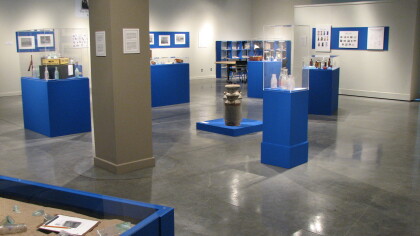
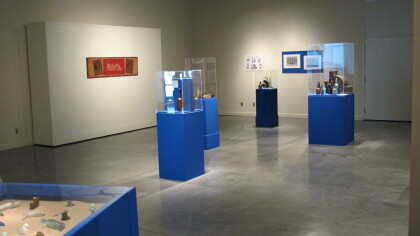
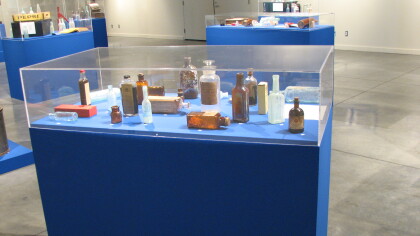
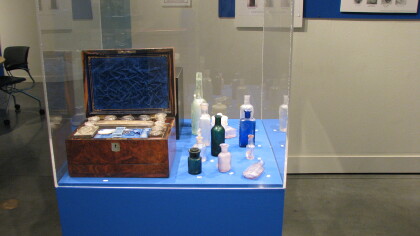
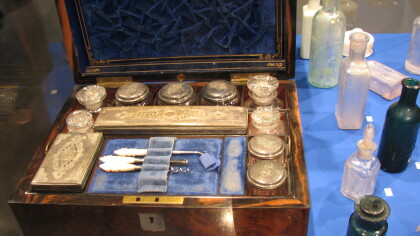
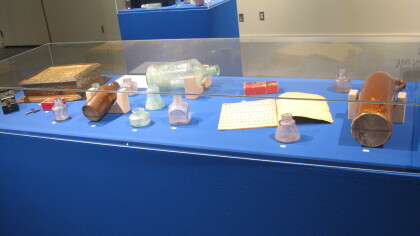
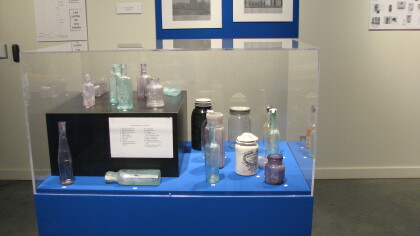
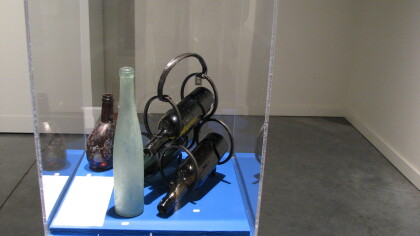
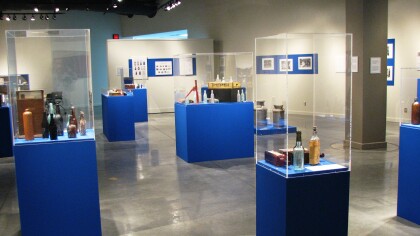
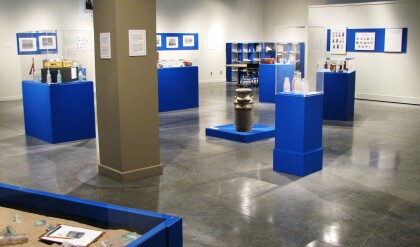
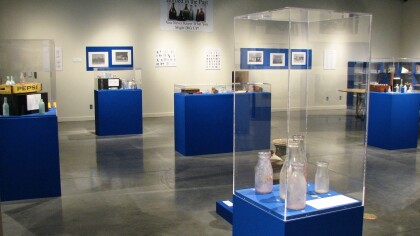
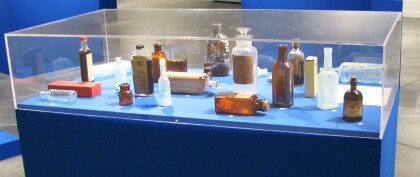
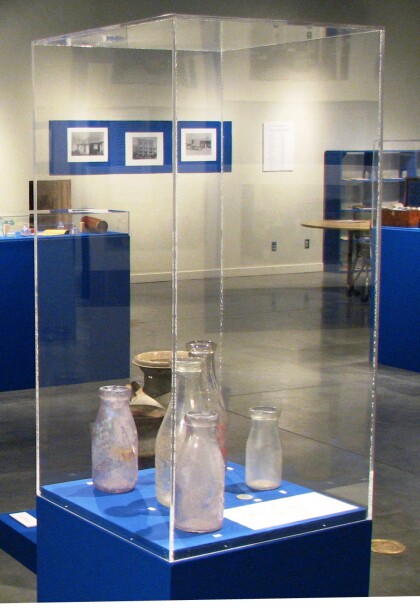
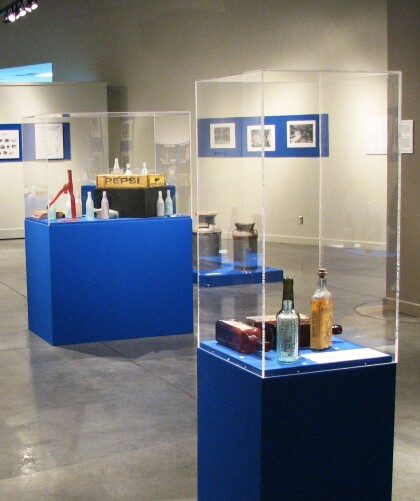
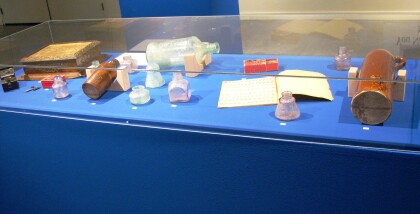
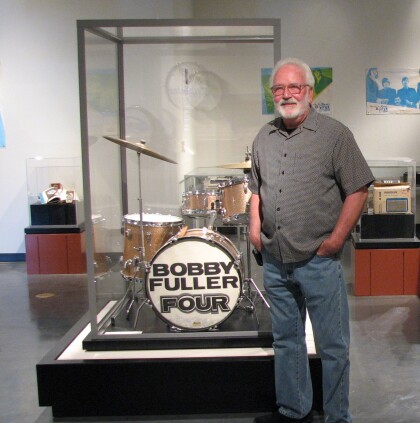
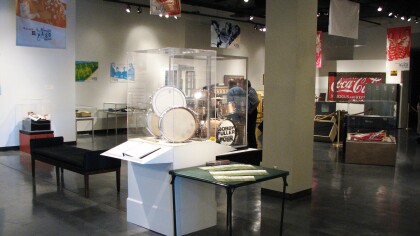
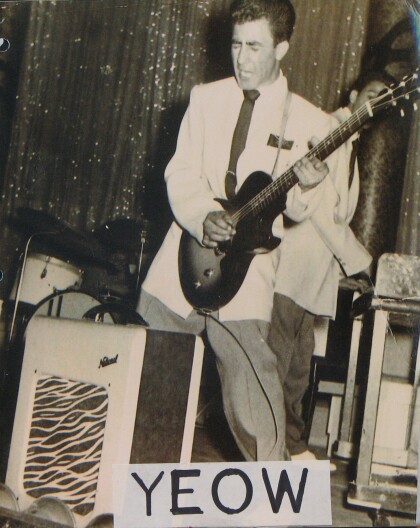
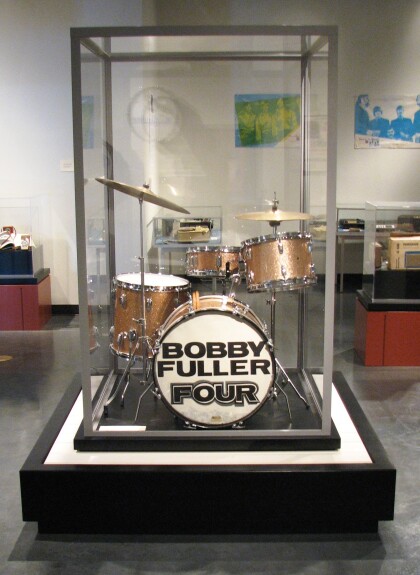
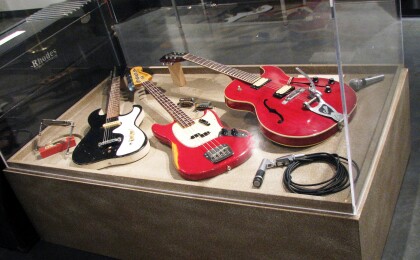
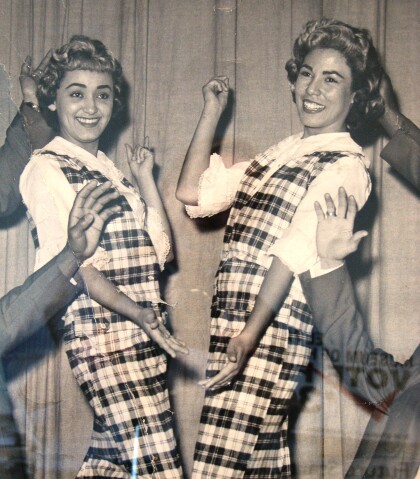
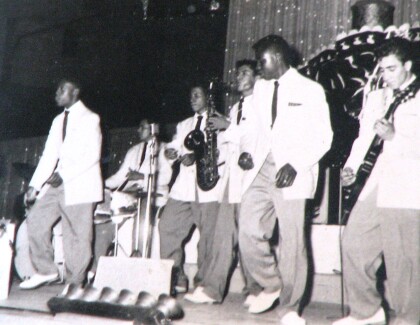
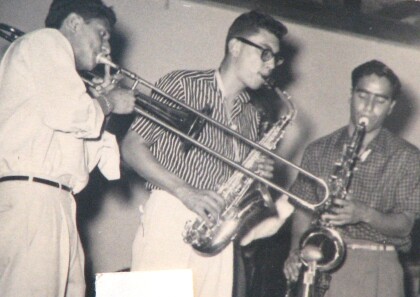
Comentarios
Hacer un comentario